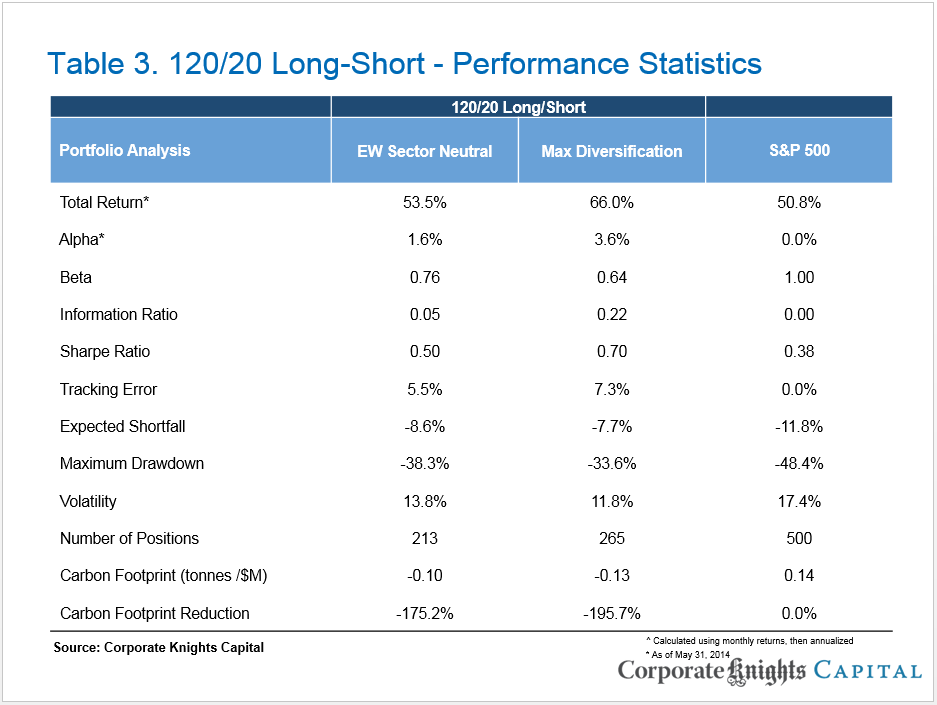Diversification Alpha and Performance Comparing Portfolios
Post on: 5 Июль, 2015 No Comment

In an all index-fund portfolio like Betterment’s, enhanced performance comes from finding and making the most of a diverse set of assets.
- KEY TAKEAWAYS
The Betterment portfolio has historically outperformed a DIY benchmark portfolio by as much as 1.8%.
Diversification alpha leads to better performance over time.
The investing world abounds with simple formulas for do-it-yourself investors—the simplest is a basic portfolio made up of two funds: one with stocks and one with bonds. A benefit to this ultra-simple portfolio is that it’s easy and time-effective to manage. (Even the father of Modern Portfolio Theory, Harry Markowitz, famously said he used a 50-50 stock-bond portfolio.)
But is this simple option truly the best for investors who value simplicity and their time, but want a better expected take-home return? Yes, a two-fund portfolio might be cheap and easy, but does it actually deliver the best return even after taxes, trading costs, etc.?
The answer is no. After analysis of the Betterment portfolio versus a standard DIY investor benchmark of a super-simple stock/bond portfolio, we show that Betterment came out clearly ahead during the period over which its possible to make a meaningful comparison. Our asset allocation delivers better risk-adjusted returns—and our automation delivers the ease and simplicity sought after by these thrifty investors.
Our asset allocation improves upon a simple DIY asset allocation in thoughtful and specific ways that boost risk-adjusted performance at all risk levels. Our asset allocation improves upon this standard DIY asset allocation in thoughtful and specific ways that boost risk-adjusted performance at all risk levels. As a result, the Betterment portfolio has historically outperformed a simple DIY investor benchmark portfolio by as much as 1.8% per year on a risk-adjusted basis .
We blend the best growth factors
Where did this extra performance come from? It’s smart asset allocation, or what is called diversification alpha. In our portfolio, we used a wider set of market and growth factors — like emerging markets and small-cap companies— and blended them together to create a whole which is greater than the sum of its parts.
Furthermore, all our strategic allocations are ones we are comfortable holding for a year or more, as matched by our recommended risk level. Thats a piece of our core investment philosophy as an index-based investment manager.
Comparing portfolios
We compared how $100,000 would fare when invested in the stock/bond benchmark, or so-called “naive portfolio ” against our 12-asset class portfolio. To be sure, it’s not comparing apples to apples in terms of assets—but it shows that for less effort (time, cost, energy), an individual investor can do much better by choosing a Betterment portfolio.
In the DIY portfolio, we used the S&P 500 and TIPS. This is the portfolio often recommended for a so-called “naive” investor who goes for the most commonly known stock market and bond funds.
Next, we compared three of the most typical stock allocations: 50% (a risk allocation recommended for shorter-term goals), 70% (the typical allocation), and 90% (our long-term recommended allocation). It’s important to know that our diversification alpha occurs at all points along the risk-level spectrum.
Betterment’s portfolio had significantly higher returns than the naive portfolio. While the Betterment portfolio did have a significantly larger drawdown in the financial crisis, previous gains meant that it was never worth less than the benchmark portfolios, even at the nadir of the financial crisis.
The value of diversification alpha
At the same stock allocation percentage, the Betterment stock funds are riskier than the naive portfolio funds. Does that mean the higher return is due to higher risk taking?
To control for this, we looked at risk-adjusted performance. To adjust for risk, we divide the excess return by the level of volatility the portfolio experienced. By doing this, we equalize portfolios that have higher returns purely because they have higher volatility. Any remaining return difference is due to diversification alpha.














